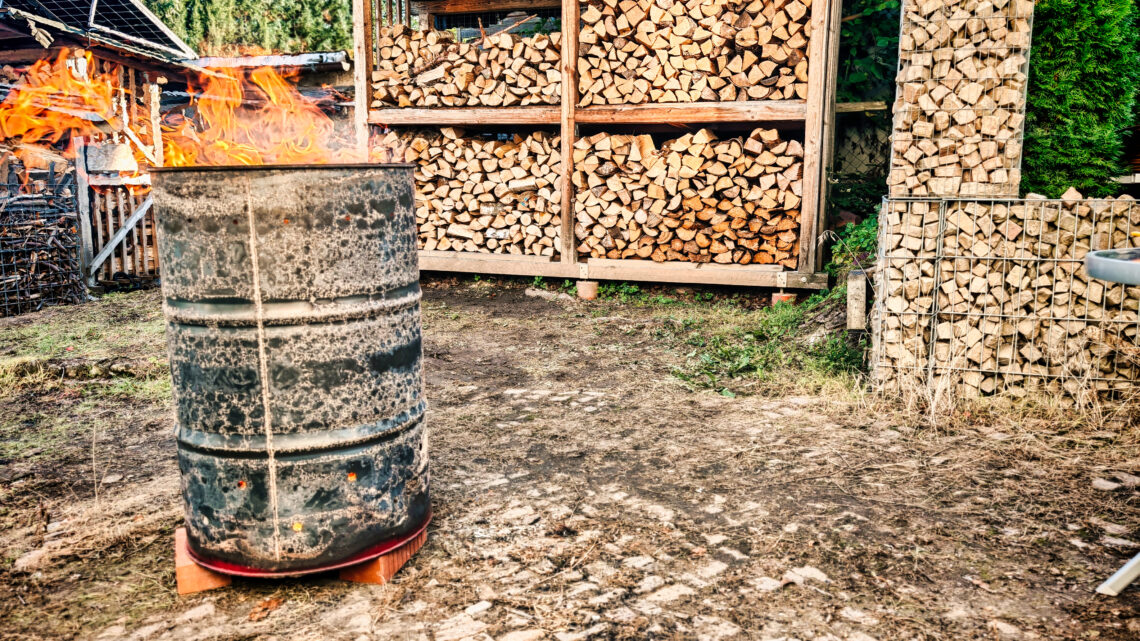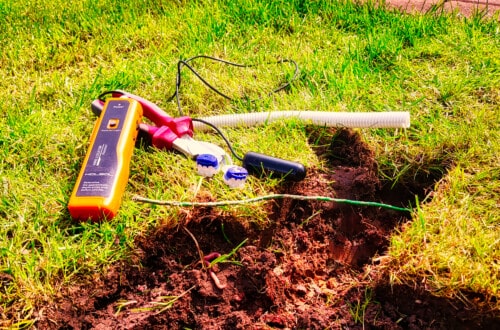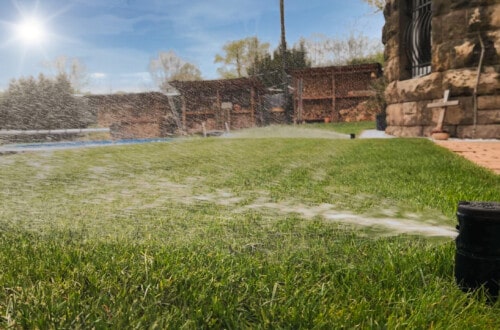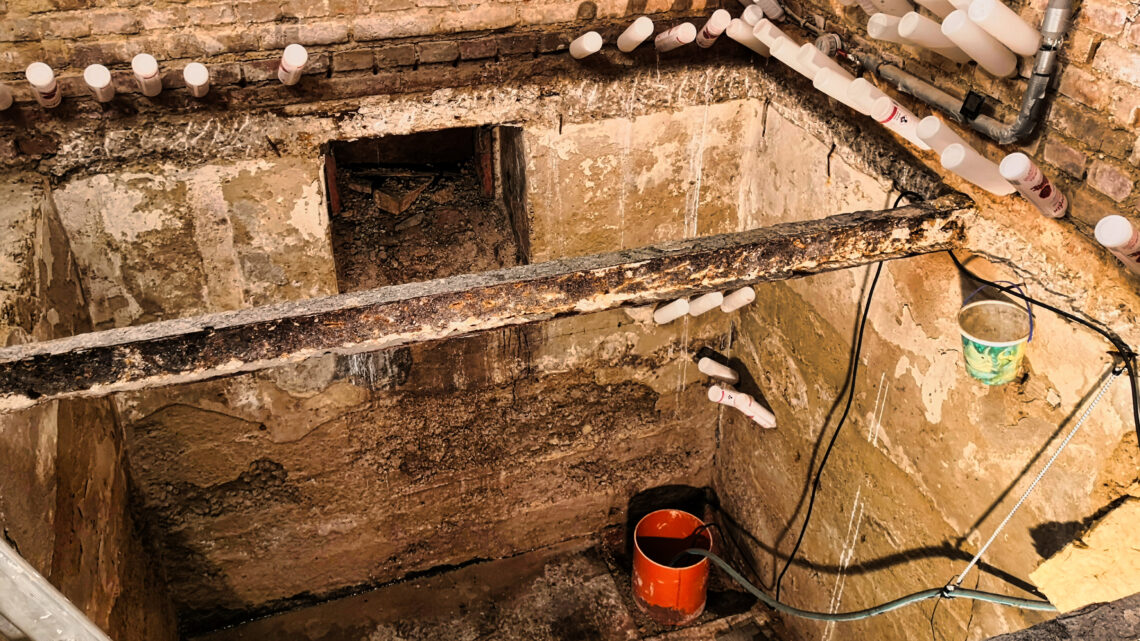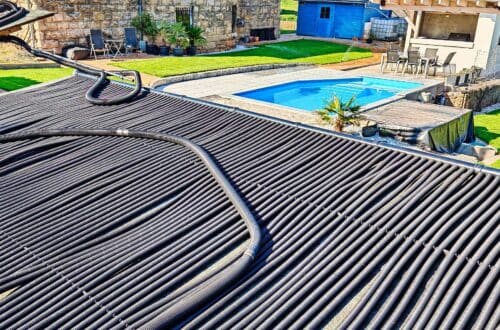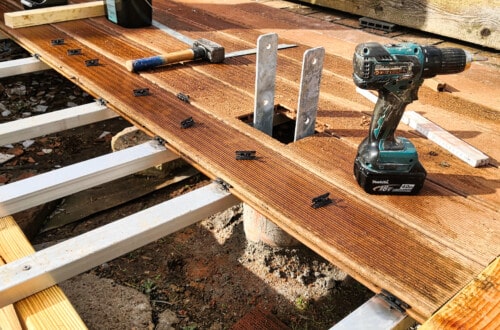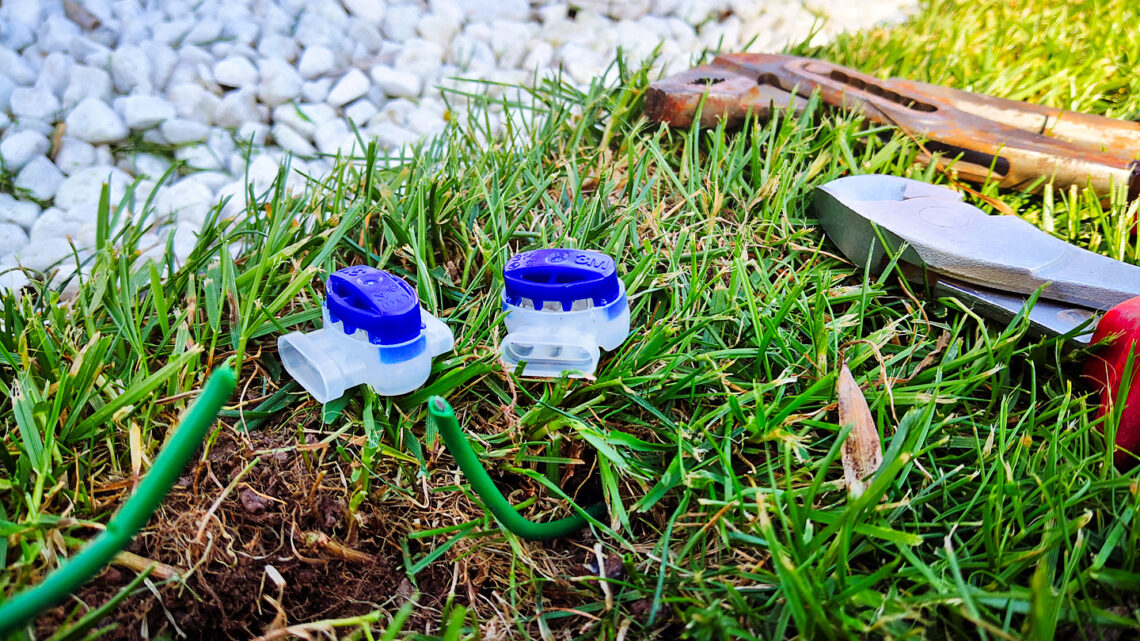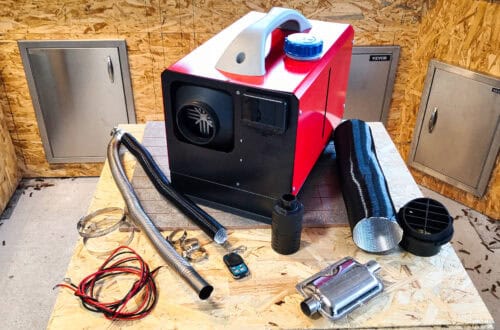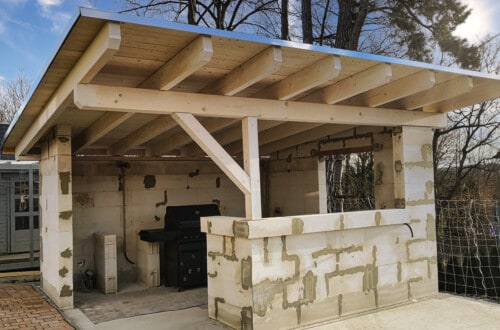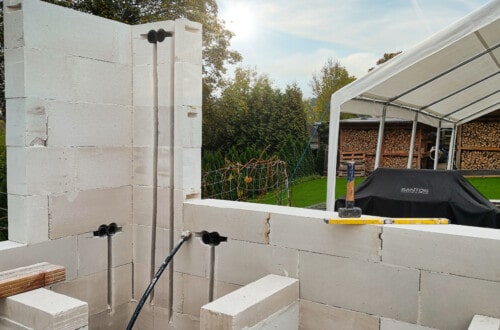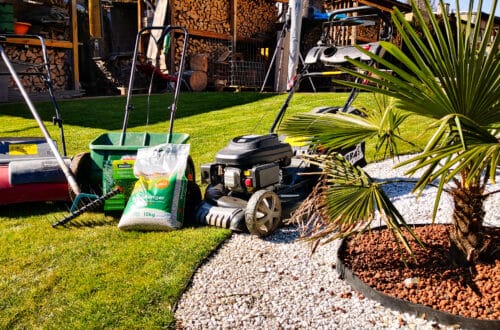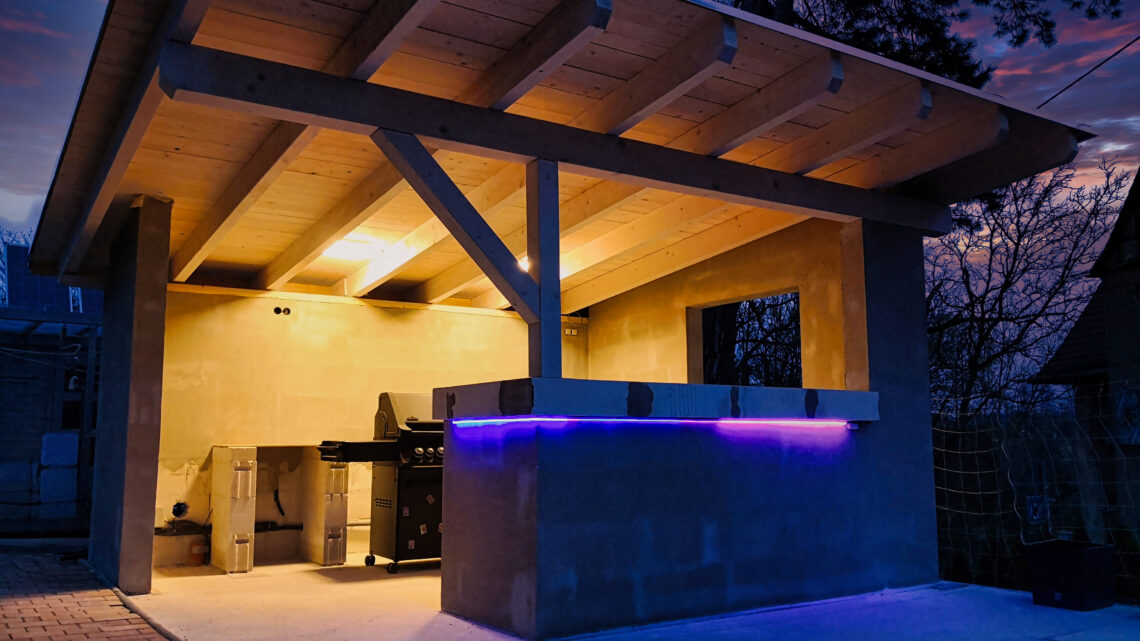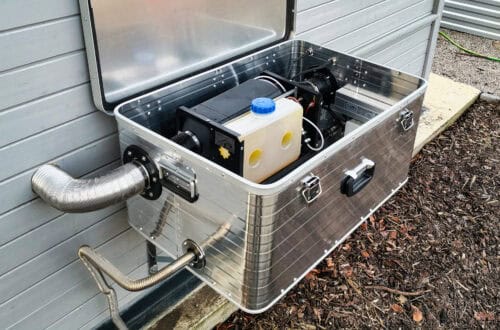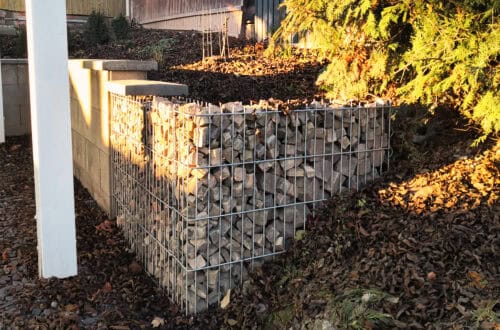Restoration and working techniques
Restoration of doors/stucco/metal elements and various work techniques
-
Build your own smoke-free fire barrel: DIY instructions from a 200 L oil drum with secondary ventilation
Building your own fire barrel is an exciting DIY project for the garden that not only provides warmth, but is also sustainable. An old 200-liter barrel or oil drum can be turned into an efficient and virtually smoke-free heat source with a little manual skill. I built my own fire barrel and tested different variants – from simple burnout to optimized secondary ventilation. In this article, I’ll show you step by step how I went about it and what to look out for when baking, drilling and choosing materials.
-
Draining and waterproofing basements: Effective measures against moisture and flooding
Draining my cellar was a lengthy and challenging project that I implemented using various methods to permanently combat damp and mold. From waterproofing with injection methods to installing a pump sump and retrofitting a horizontal barrier – I share my experiences, the challenges and how the measures have proven themselves even under extreme weather conditions. Draining and waterproofing basements: In this blog post, I describe how homeowners can effectively combat moisture and mold to create a dry and healthy basement. Draining a damp cellar was an important step for me to preserve the building fabric and prevent mold growth. In this article, I’ll shed some light on the measures I…
-
Repairing broken wires: Finding and repairing the boundary wire for robotic lawnmowers
A robotic lawnmower can be a considerable relief in the garden, but what happens if the boundary wire or control cable is damaged? In this blog post, I describe step by step how I quickly and easily repaired the defective control cable and the broken boundary wire on my robotic lawnmower. A cable break on the boundary wire of my robotic lawnmower recently presented me with a challenge. While I was out with the gas mower, the mower was set too low and cut the boundary wire. Although the cable was laid in the ground, it was completely cut through.
-
Build your own garden kitchen – worktop and jamb for the outdoor kitchen
After completing the electrics and water supply in my outdoor garden kitchen, it was now time to install the worktop. I wanted to build the work area of the outdoor kitchen in such a way that I would have individual zones to work in for the barbecue, the bar and also the washbasin area. In this post, I describe in a step-by-step guide how I used OSB boards and Fermacell boards to create a stable and moisture-resistant base for the vinyl tiles. These measures were necessary to make the worktop robust, scratch-resistant and easy to clean, so that it meets the requirements of an outdoor kitchen.
-
Designing a smart and efficient garden kitchen – installing lights, sockets and water connections
The development of my garden kitchen has made significant progress, particularly in the areas of electrical installation, water installation and the integration of smart technologies for lighting and control. I’d like to give you some insight and practical tips on how I overcame these challenges, from carefully planning the lighting to installing smart sockets and light switches that enable flexible and efficient use.
-
Build your own garden kitchen – plan and install the electrics
When building my garden kitchen, the electrics were one of the biggest challenges. In addition to the right cables for the power supply and the perfect positioning of the sockets, proper fuse protection was of course also necessary. It should also be possible to use a TV and a sound system in the garden kitchen at a later date. So I also had to plan for network and audio cables and install them in the garden kitchen.
